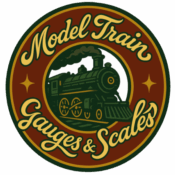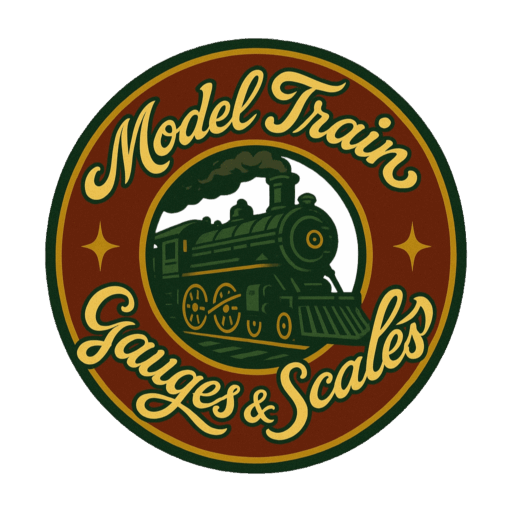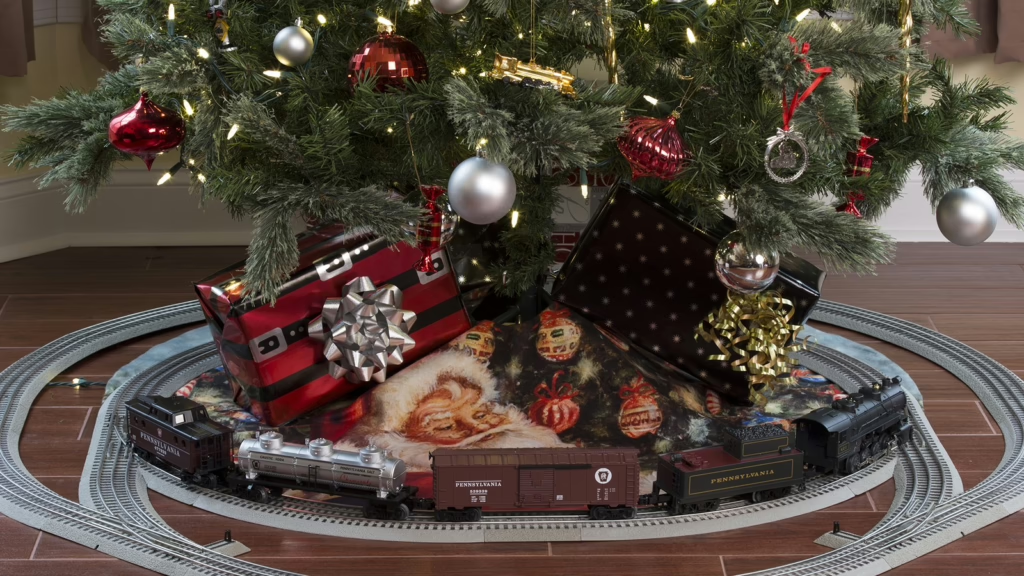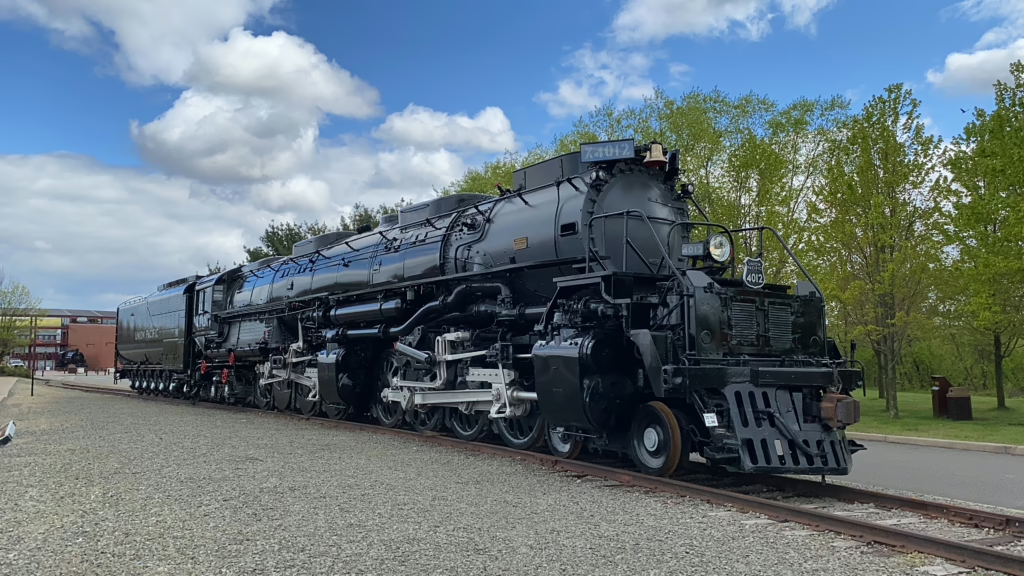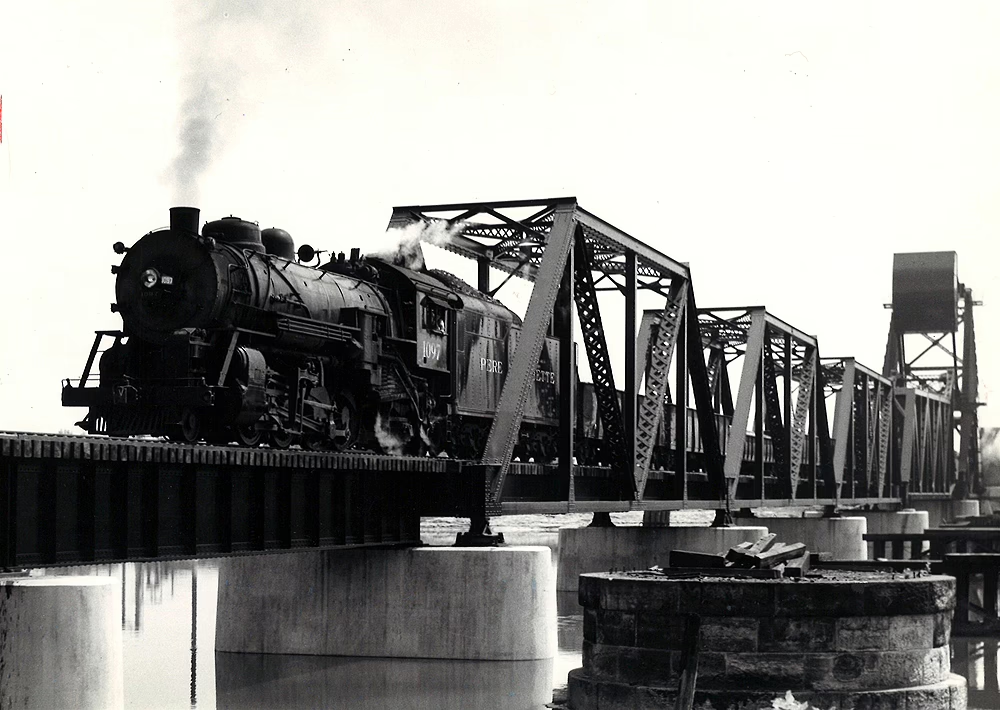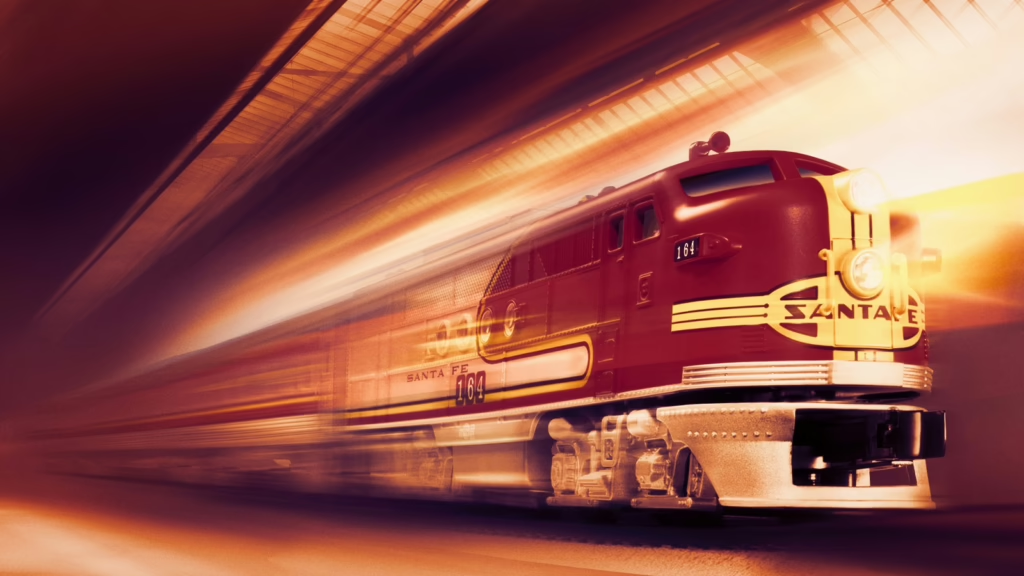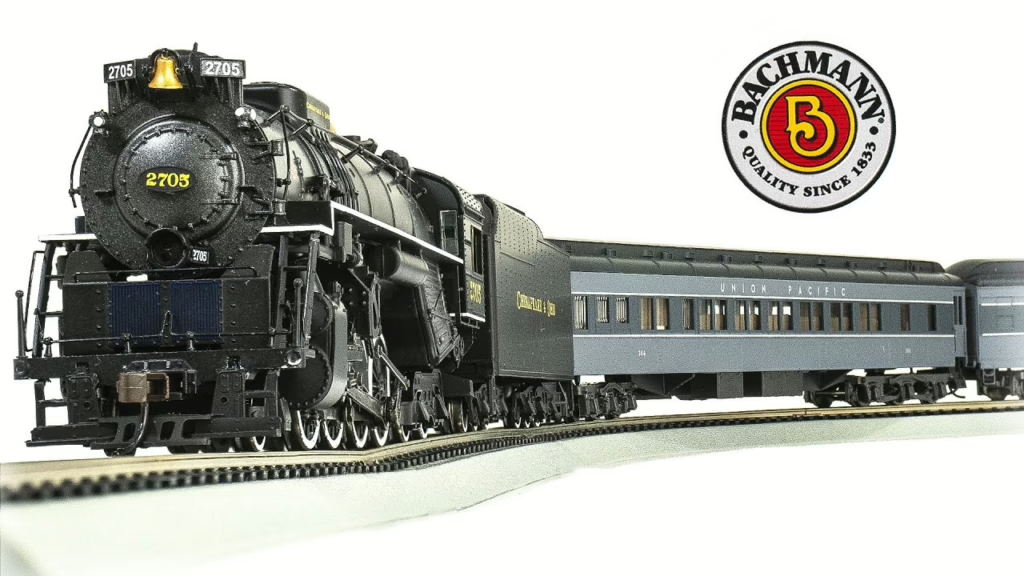Latest Roundhouse Dispatches
Bachmann Trains at Best Buy: An Alternative to Amazon
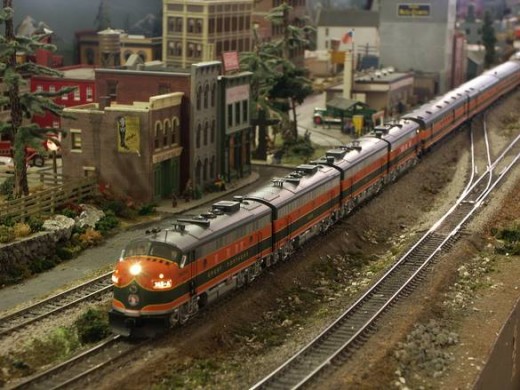
Understanding Model Train Scales
Getting started with model trains begins with understanding scales—the ratio of the model’s size to its real-world counterpart. From the popular HO scale to the tiny Z scale and everything in between, each offers a different experience in space, detail, and operation. Whether you’re planning your first layout or exploring new sizes, this guide breaks down the basics to help you choose the right scale for your model railroading journey.
Steam, Steel, and the American Dream
The history of model trains is rooted in the real railroads that shaped the United States. From the driving of the Golden Spike to the rise of legendary lines like the Union Pacific and Pennsylvania Railroad, the story of America is inseparable from the steel rails that crisscrossed it.
Explore key events, innovations, and railroads that powered expansion, industry, and imagination across the nation.
Crafting Realism in Railroads
Take your model railroading to the next level with in-depth guides on layout planning, scenery design, wiring, and realistic detailing. Whether you’re building a multi-level empire or fine-tuning operations, this section dives into the advanced techniques that turn great layouts into unforgettable ones.
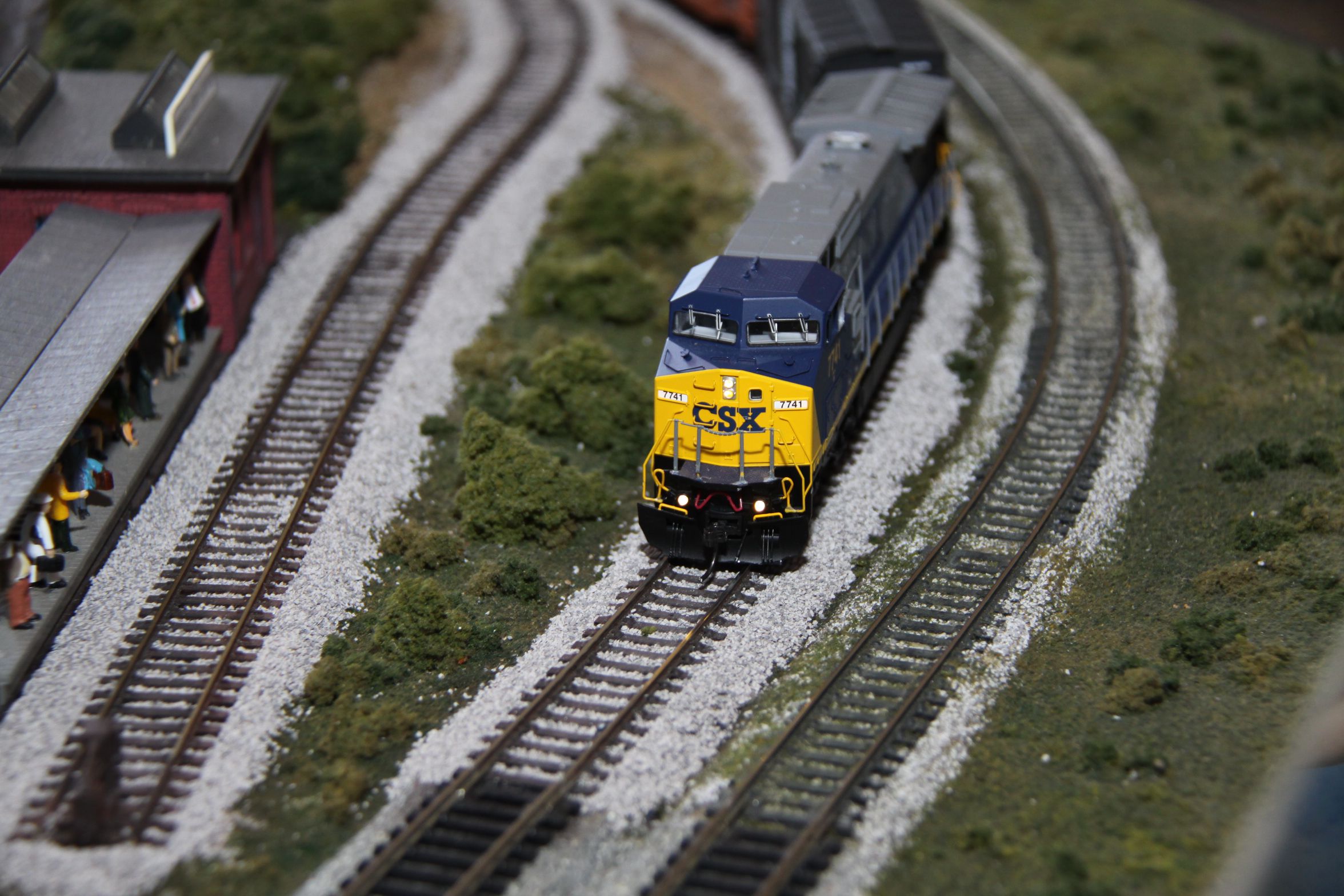
Subscribe to the Roundhouse Report
Stay on Track with the Roundhouse Report—your go-to source for model train news, product releases, event alerts, and handpicked rail-related finds. Join now and never miss a stop on your model railroading journey.
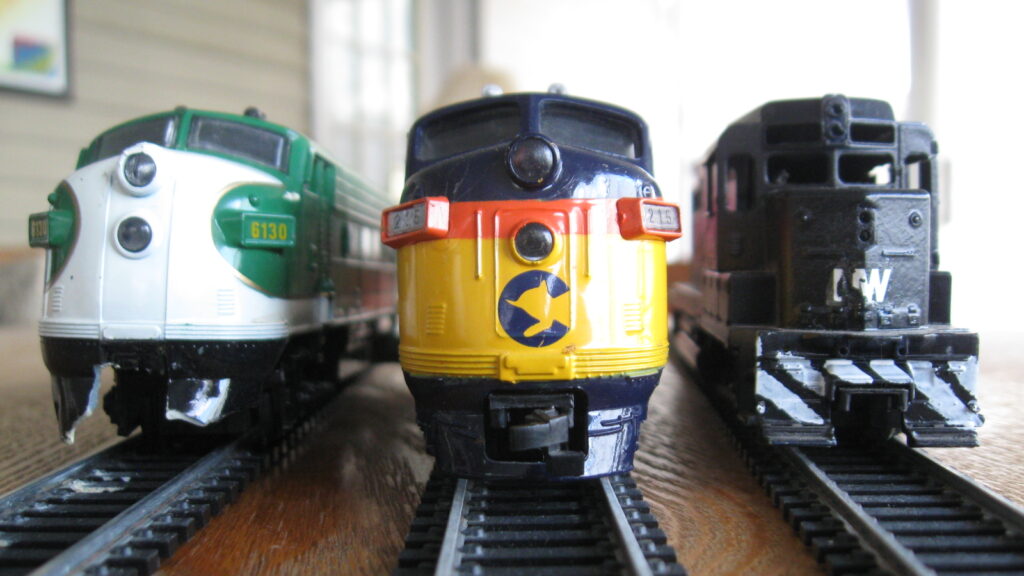
Featured Scale of the Month – HO Scale
HO scale (1:87) is the most popular model train scale in the world — and for good reason. It strikes the perfect balance between detail and space, making it ideal for beginners and seasoned hobbyists alike. From vast layouts to intricate scenery, HO offers a wide variety of kits, accessories, and locomotives to bring your railroad to life.
